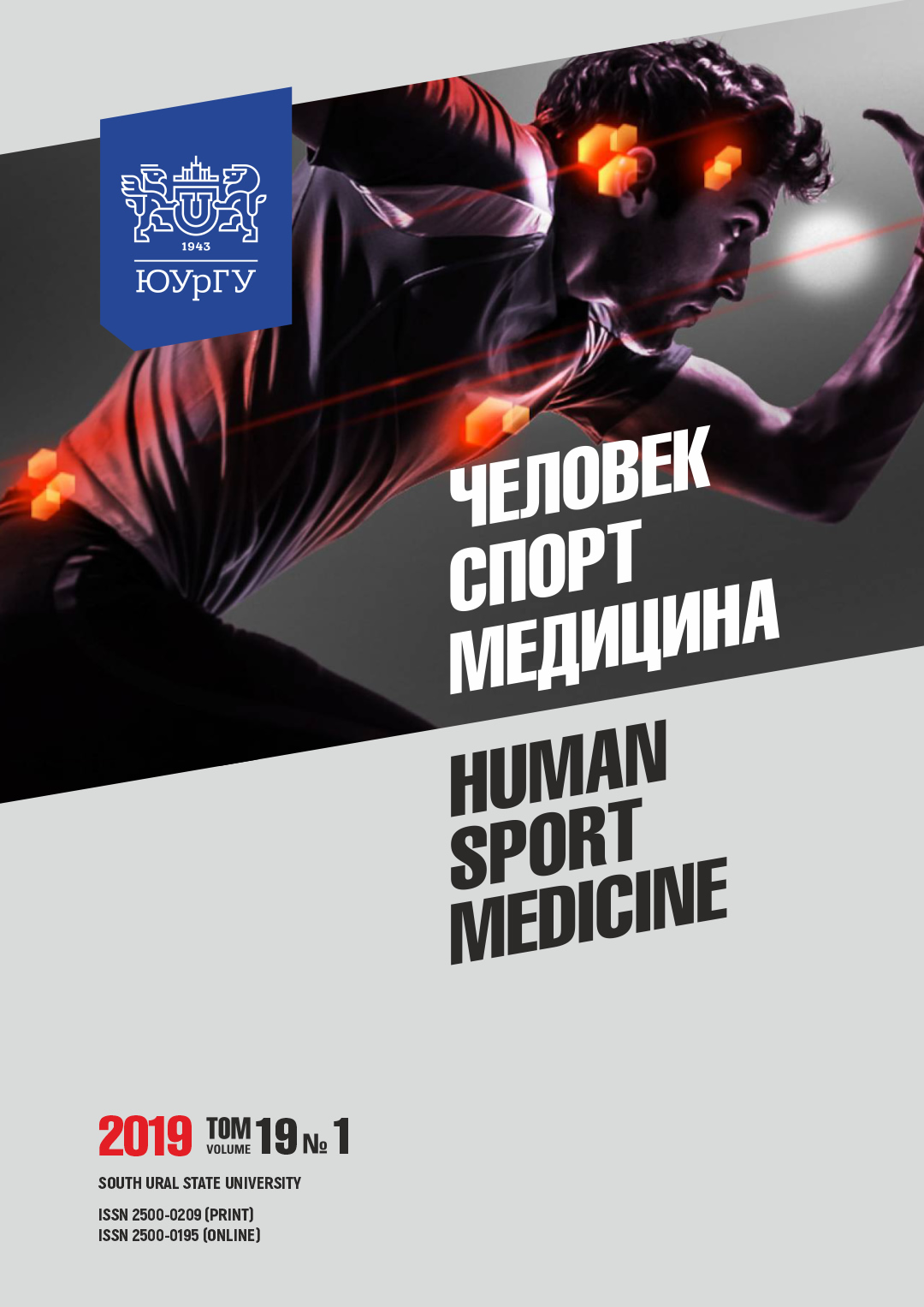ERYTHROCYTE OXIDATIVE STATUS AFTER MAXIMAL AEROBIC TEST IN WRESTLERS
Abstract
Aim. The aim of this study was to determine the changes in the erythrocyte oxidative status of the wrestlers after performing the maximal aerobic test, by registering in erythrocytes the levels of lipid peroxidation (LPO), total glutathione (tGSH) and activities of catalase (CAT), superoxide dismutase (SOD), and glutathione peroxidase (GPx). Materials and methods. A group of 12 healthy wrestlers conducted a treadmill maximal aerobic test, and venous blood samples were obtained before and immediately after the exercise. Erythrocytes were separated from plasma and used for spectrophotometric determination of LPO, tGSH and enzyme activities. Plasma was used for determination of hemoglobin concentration (Hb) as an index of hemolysis. Results. The performance of the maximal aerobic test resulted in a significant increase of Hb in blood plasma, a decrease of LPO, and no changes of the tGSH level in erythrocytes. In regards to antioxidant enzymes, our results showed an increase in the activity of GPx, while the CAT and SOD activity remain unchanged. Conclusions. It can be concluded that in active athletes, predominate erythrocytes that are more resistant to oxidative stress, because of the accelerated hemolysis induced by physical exercise, lead to the elimination of the old and oxidative modified cells.
References
References on translit
Copyright (c) 2019 Human. Sport. Medicine

This work is licensed under a Creative Commons Attribution-NonCommercial-NoDerivatives 4.0 International License.















